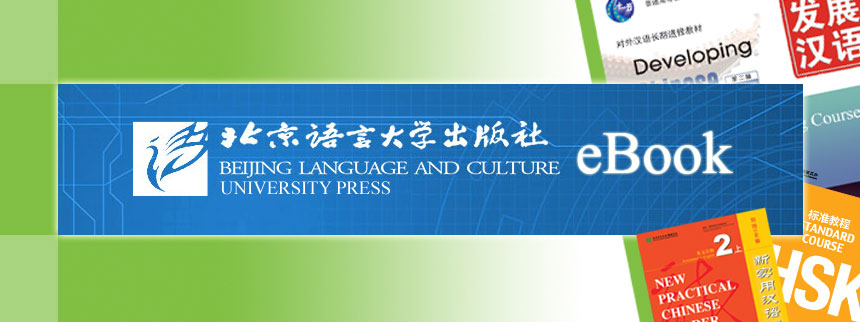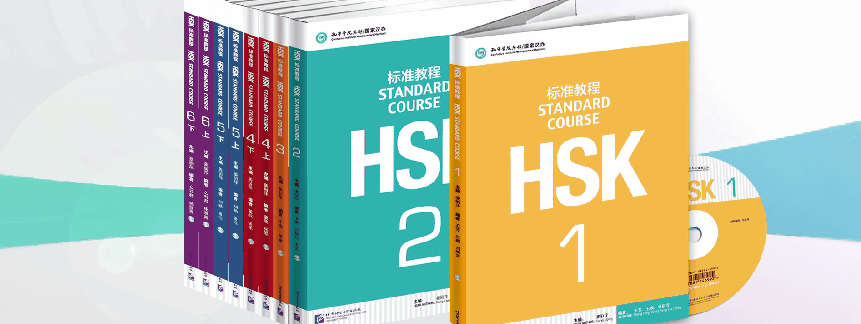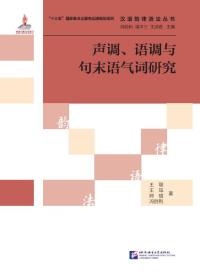Online Bookstore
- Elastic Words in Chinese
- A Series of Books on Chinese Prosodic Grammar: A Study of Classic Chinese Rhyme—Taking“吾”and“我”as Examples
- Prosodic Studies of Chinese Trisyllables
- Research on Chinese Pronunciation: Acquisition and Teaching
- A Study on Prosodic Syntax of Interrogative Sentences in Ancient Chinese
Tones, Intonation and Sentence-Final Particles
Author:Wang Cong, Wang Jue, Yeshes Vodgsal Atshogs, Feng Shengli
- Medium:Books
- ISBN: 9787561954201
- Page Count: 212
- Size:
- Pub Date:2018-12
- The book weight: 269 g
- Annotation Language:English
- Course:Non-textbook
- Target Audience(Age):
- Target Audience(Language):
- The Series: A Series of Books on Chinese Prosodic Grammar
- Price:
-
Category: Academic Research














